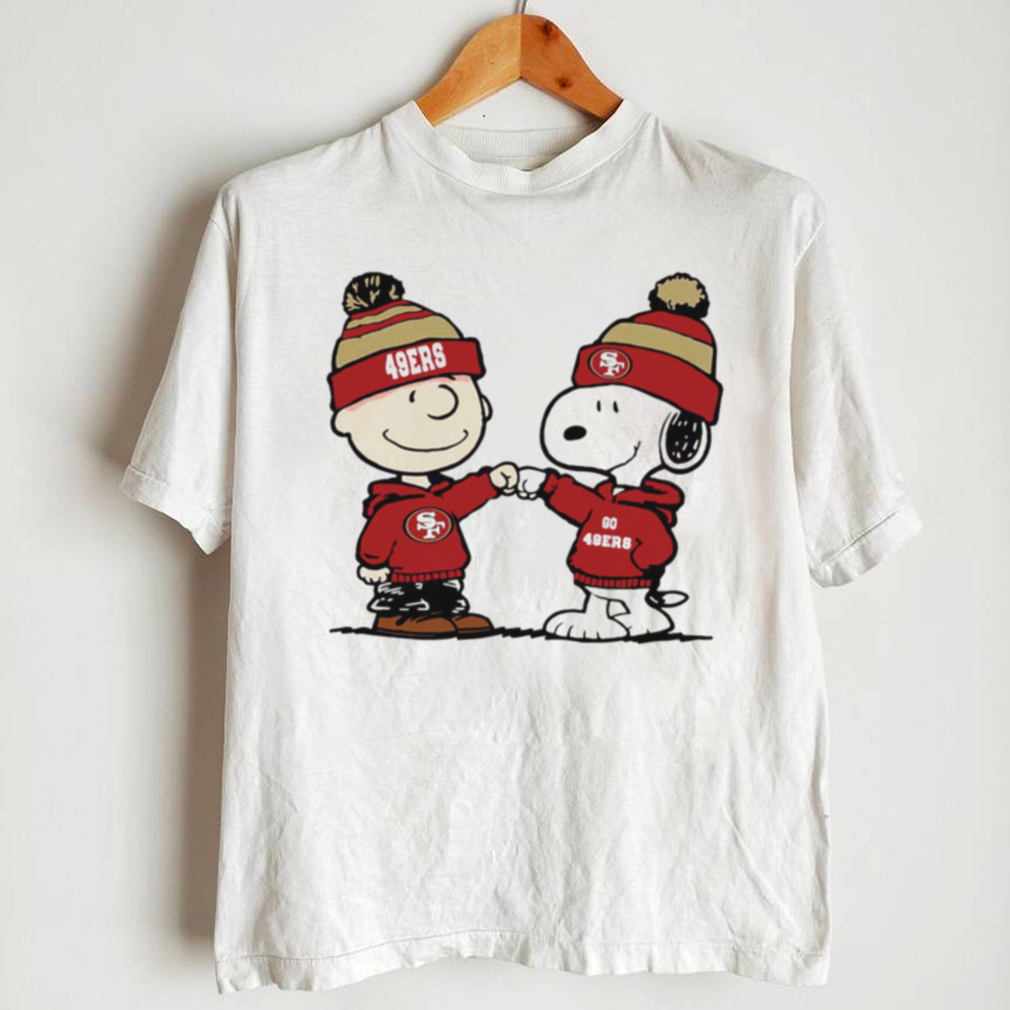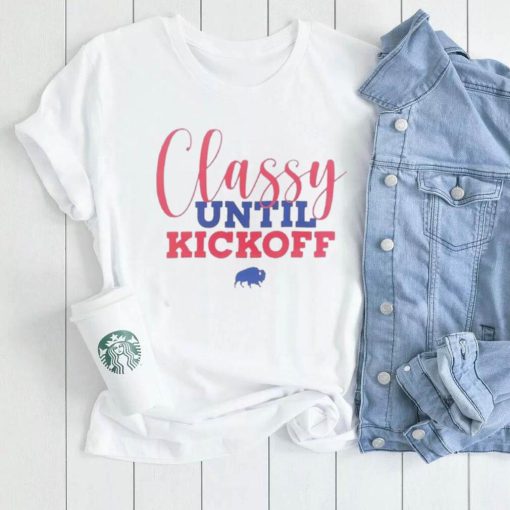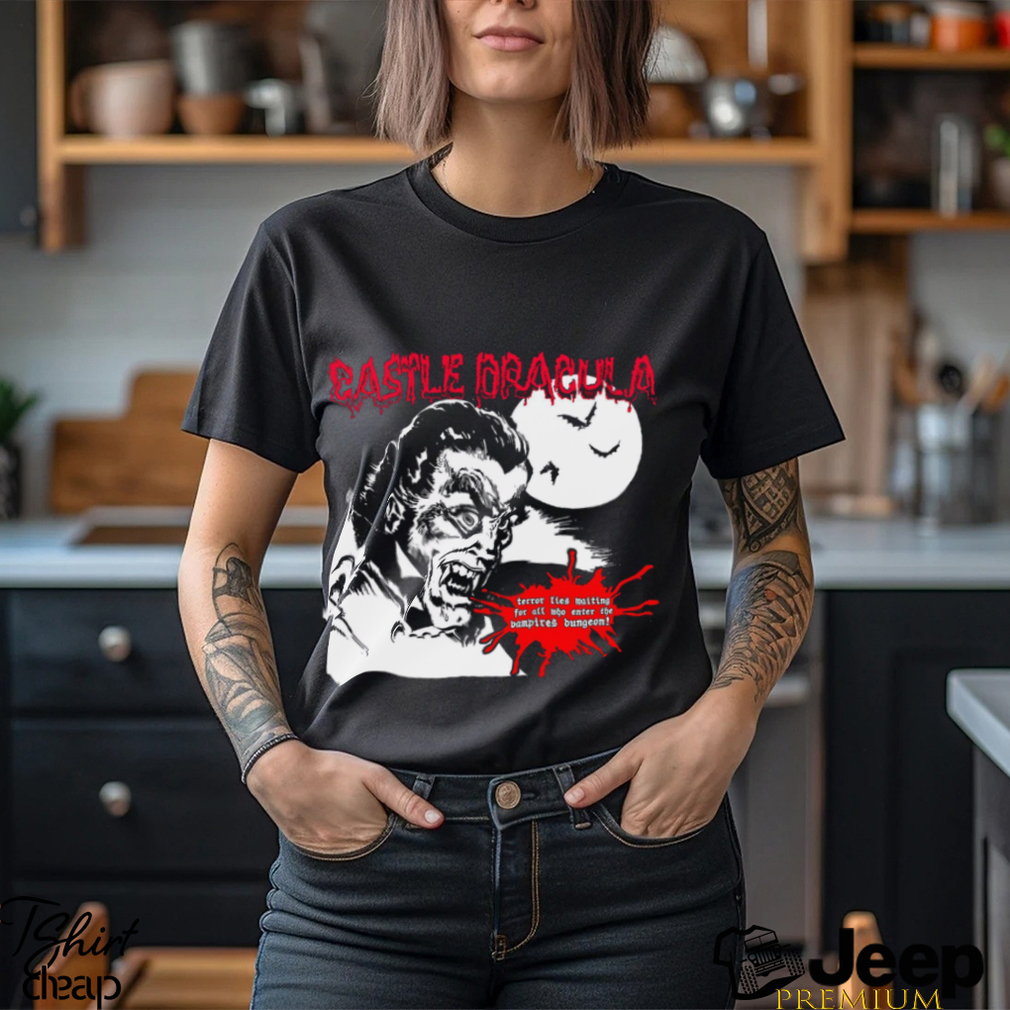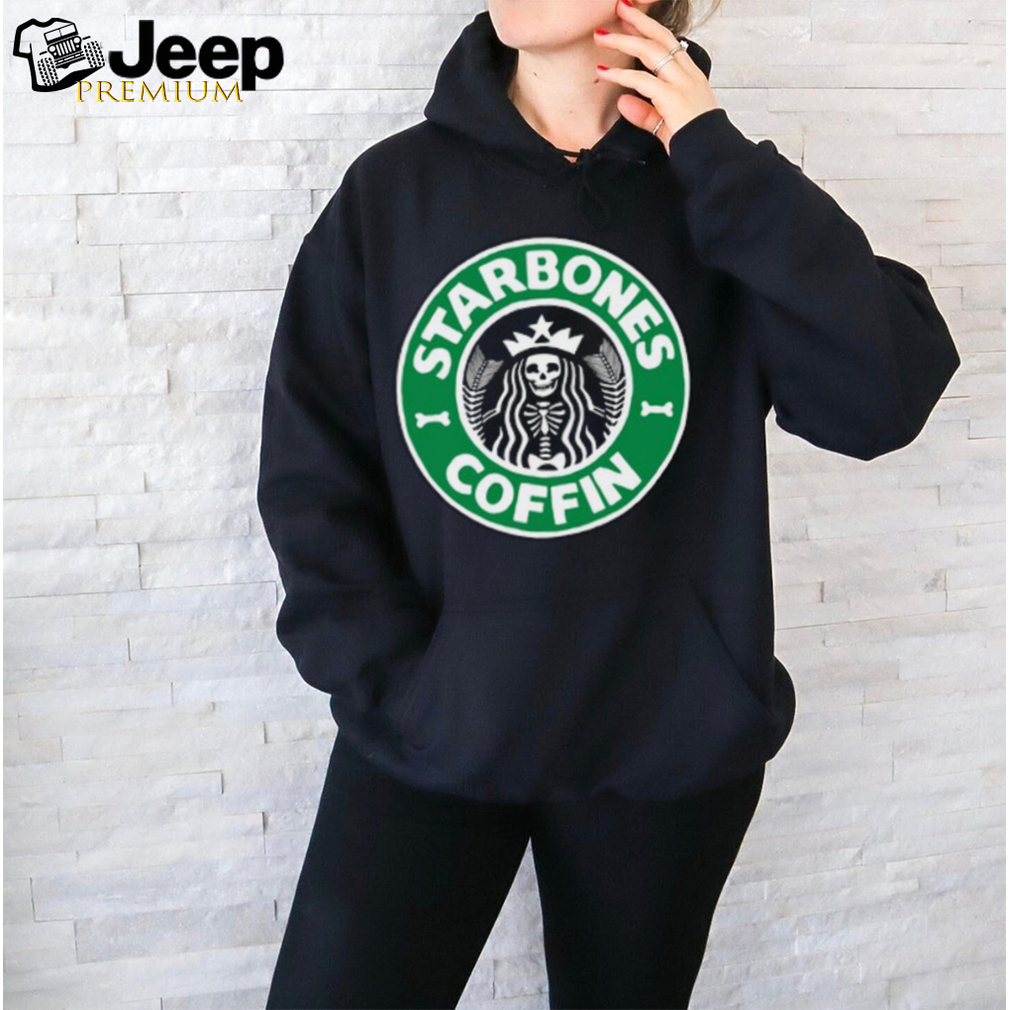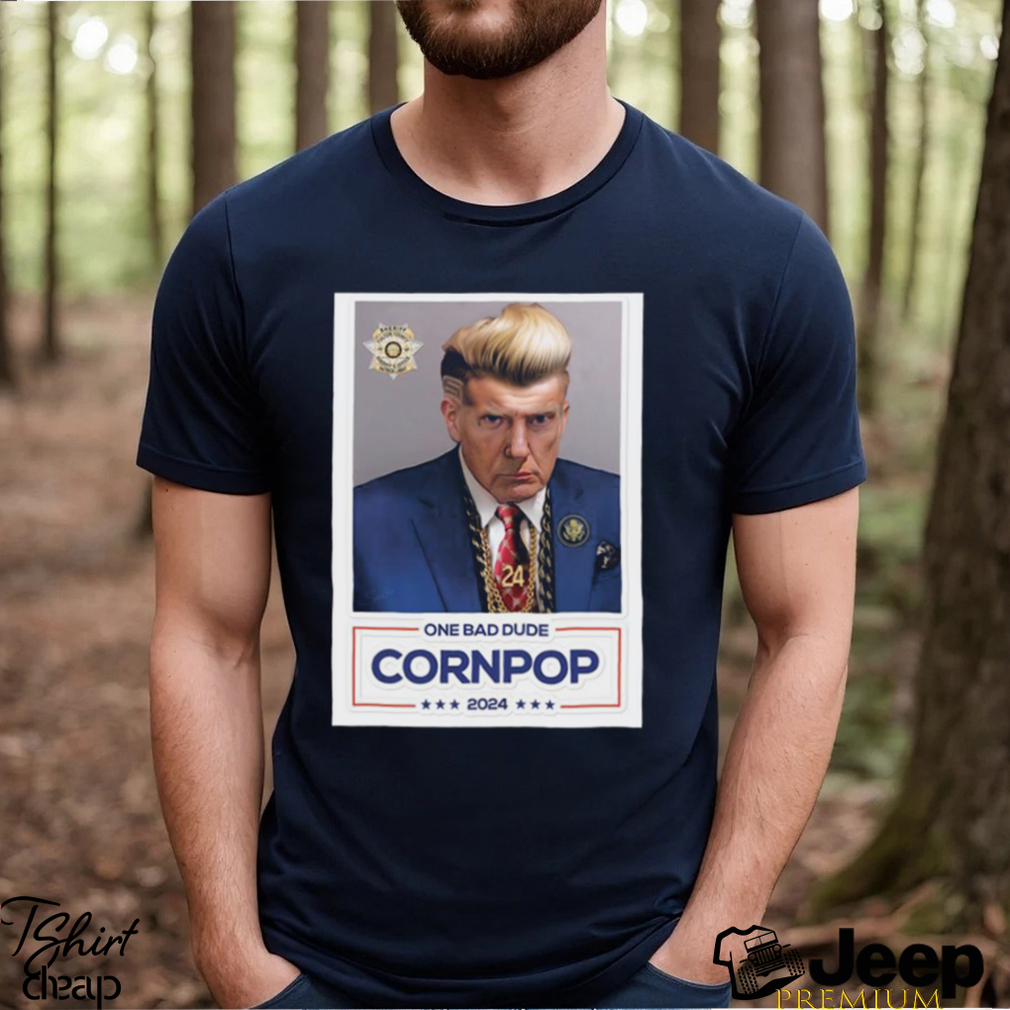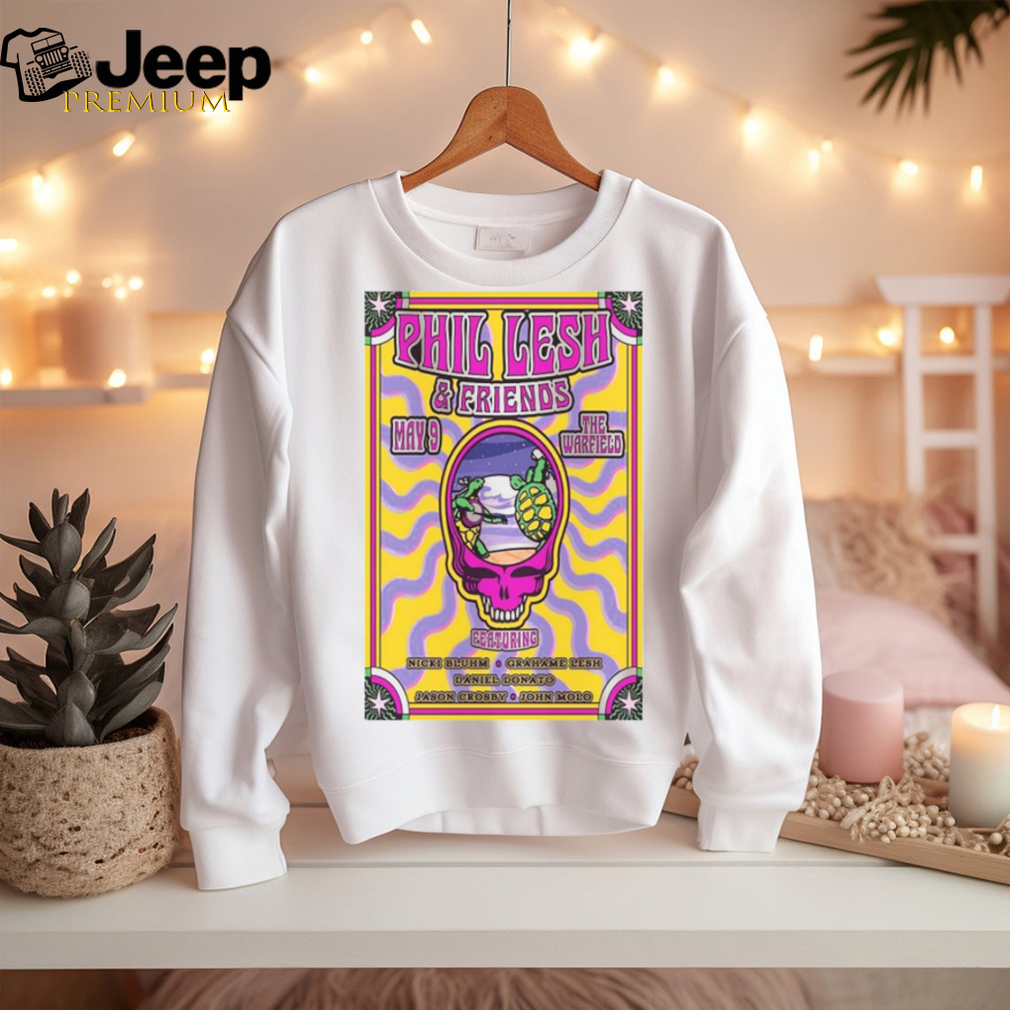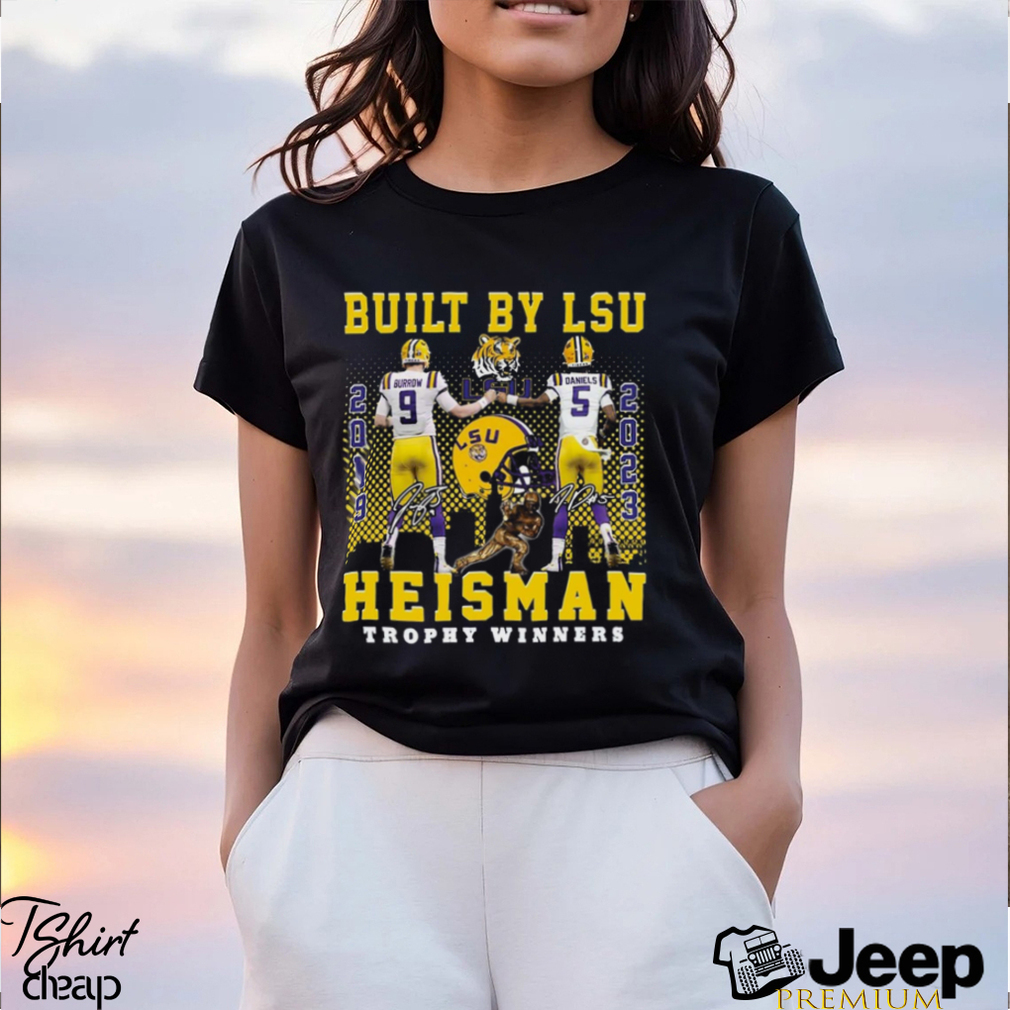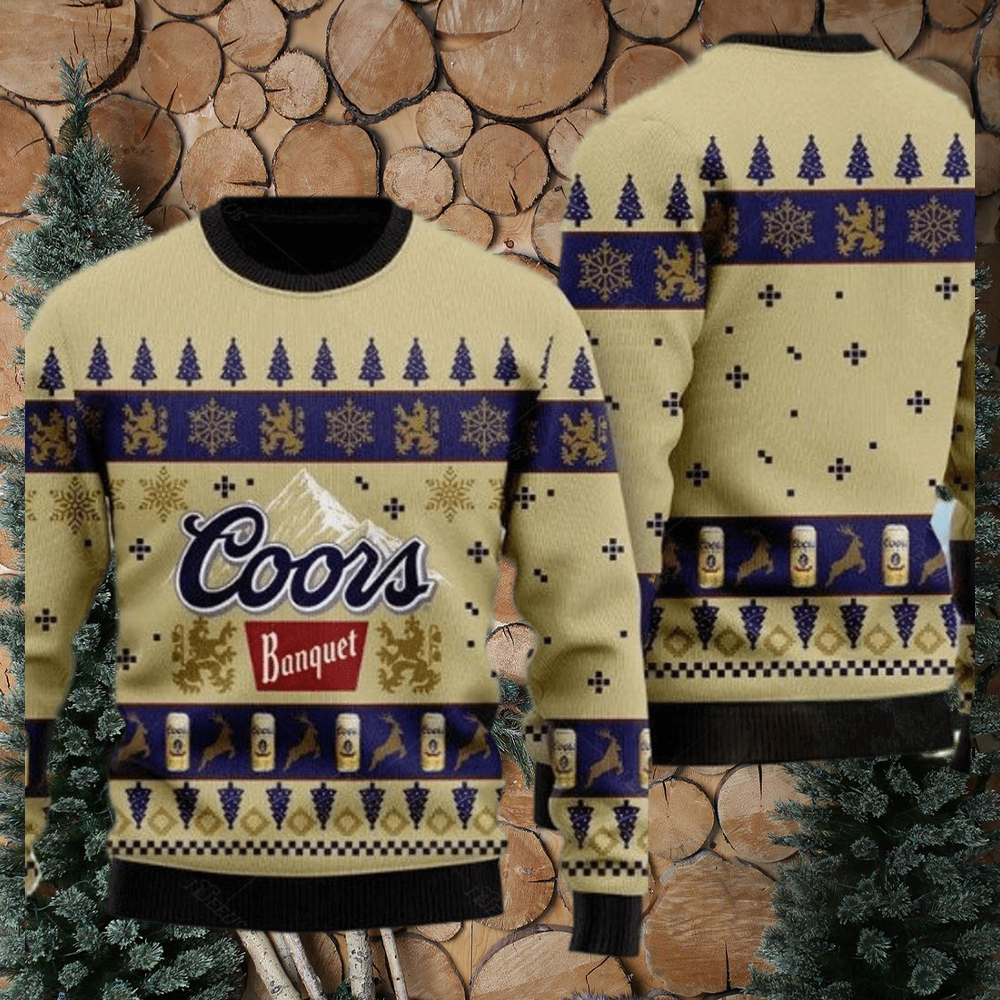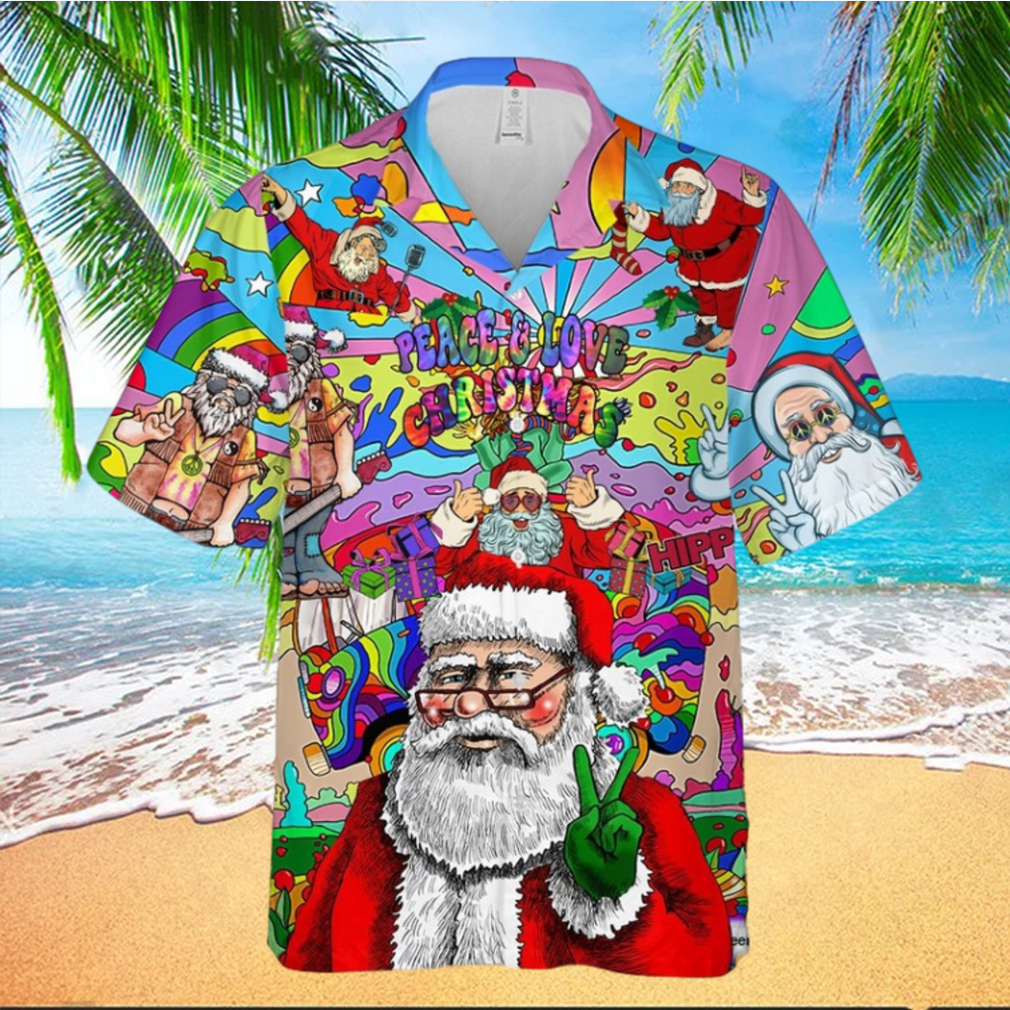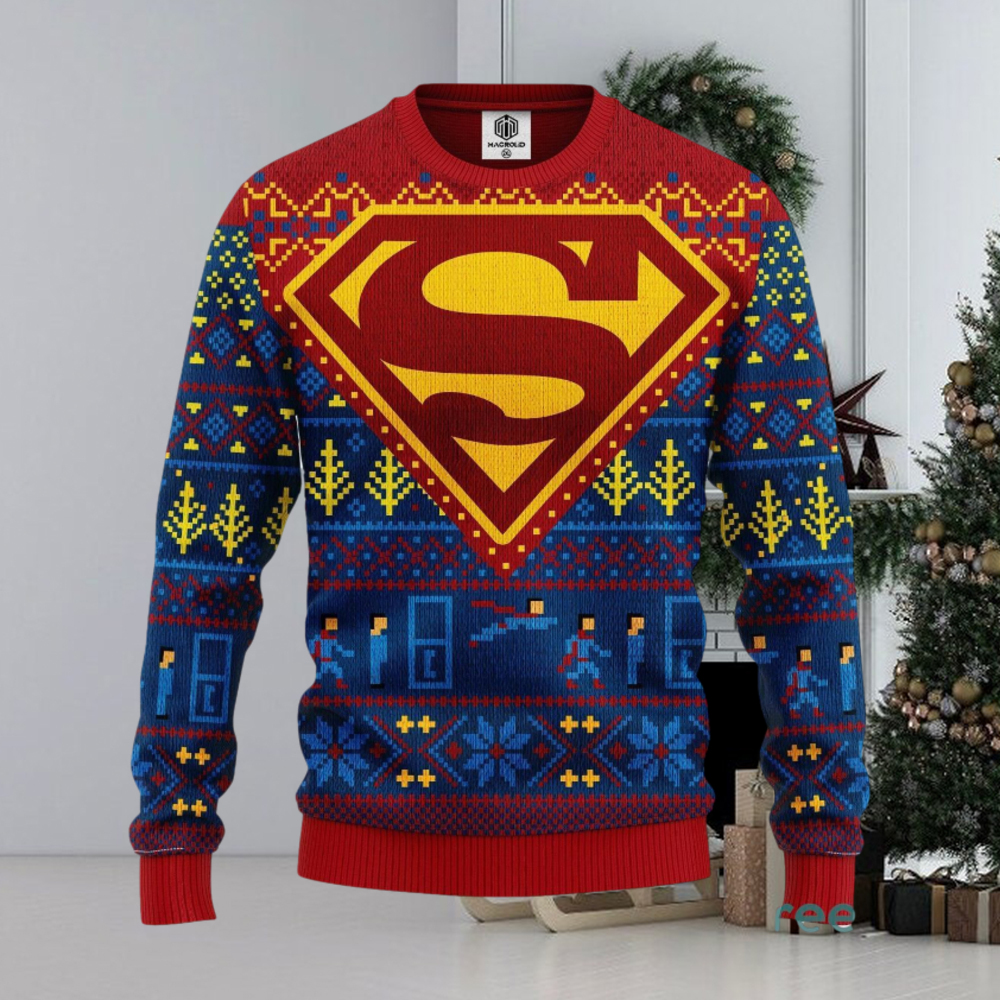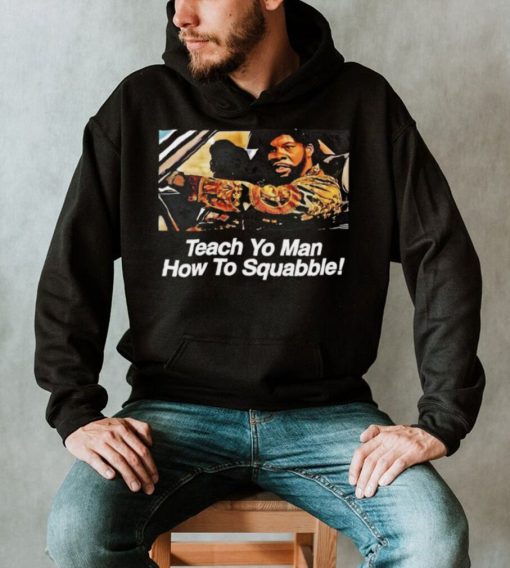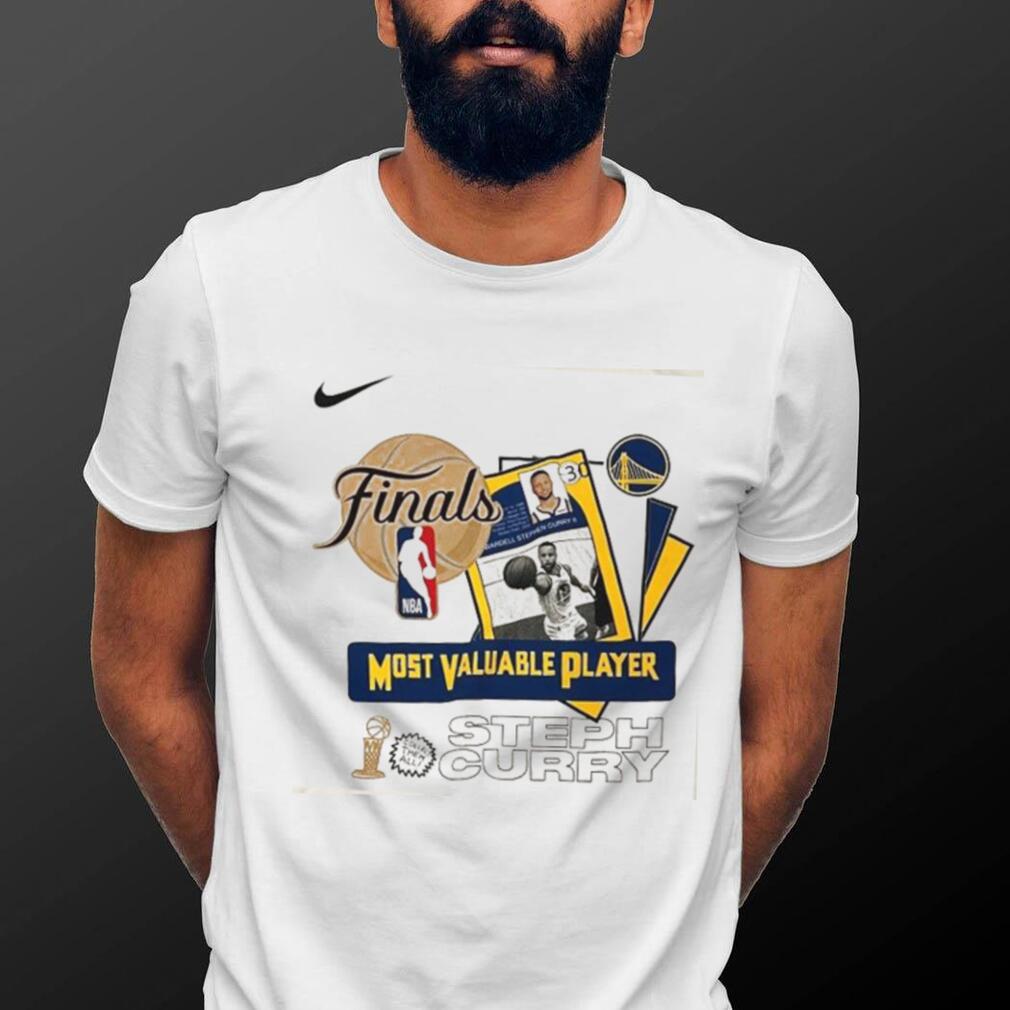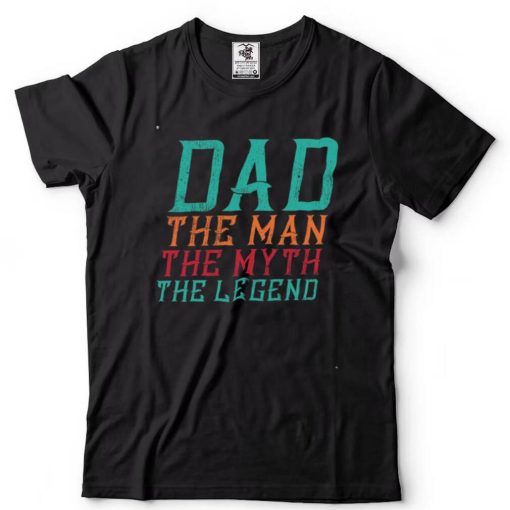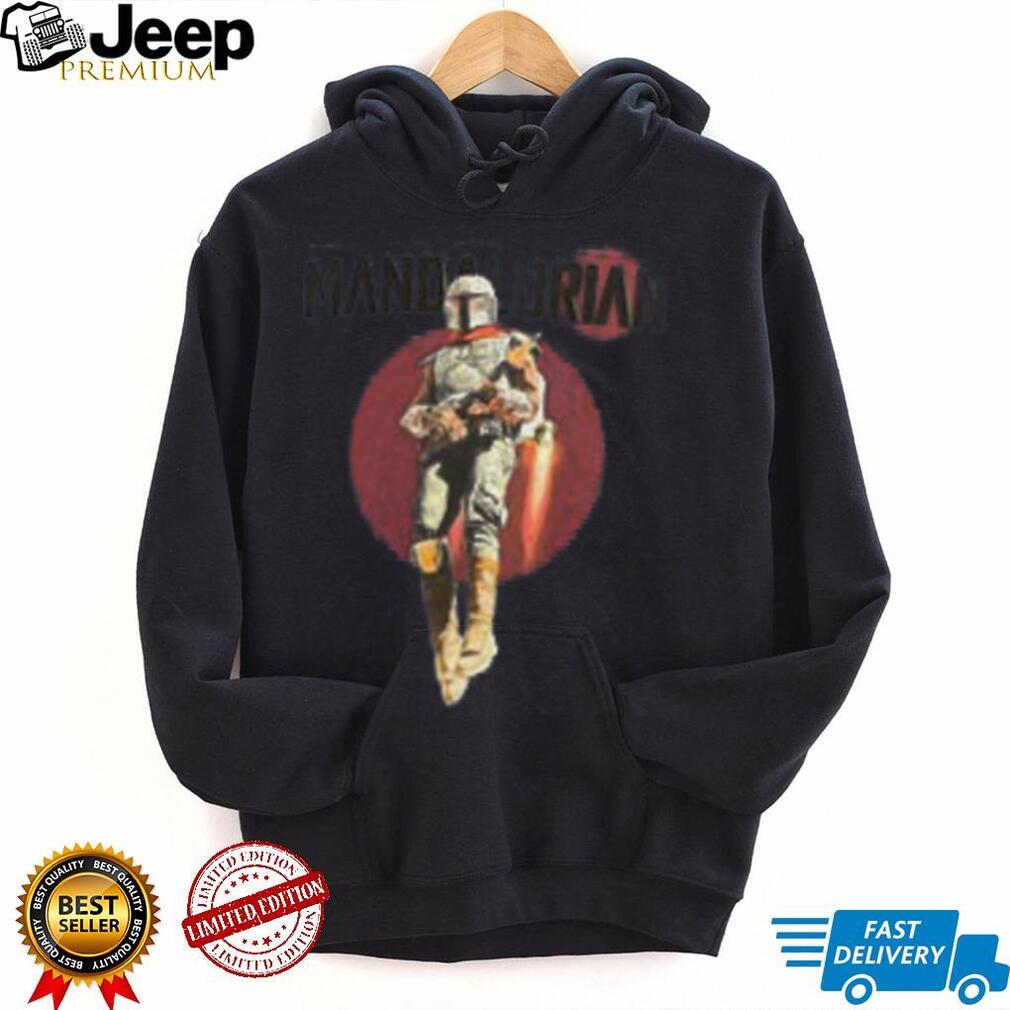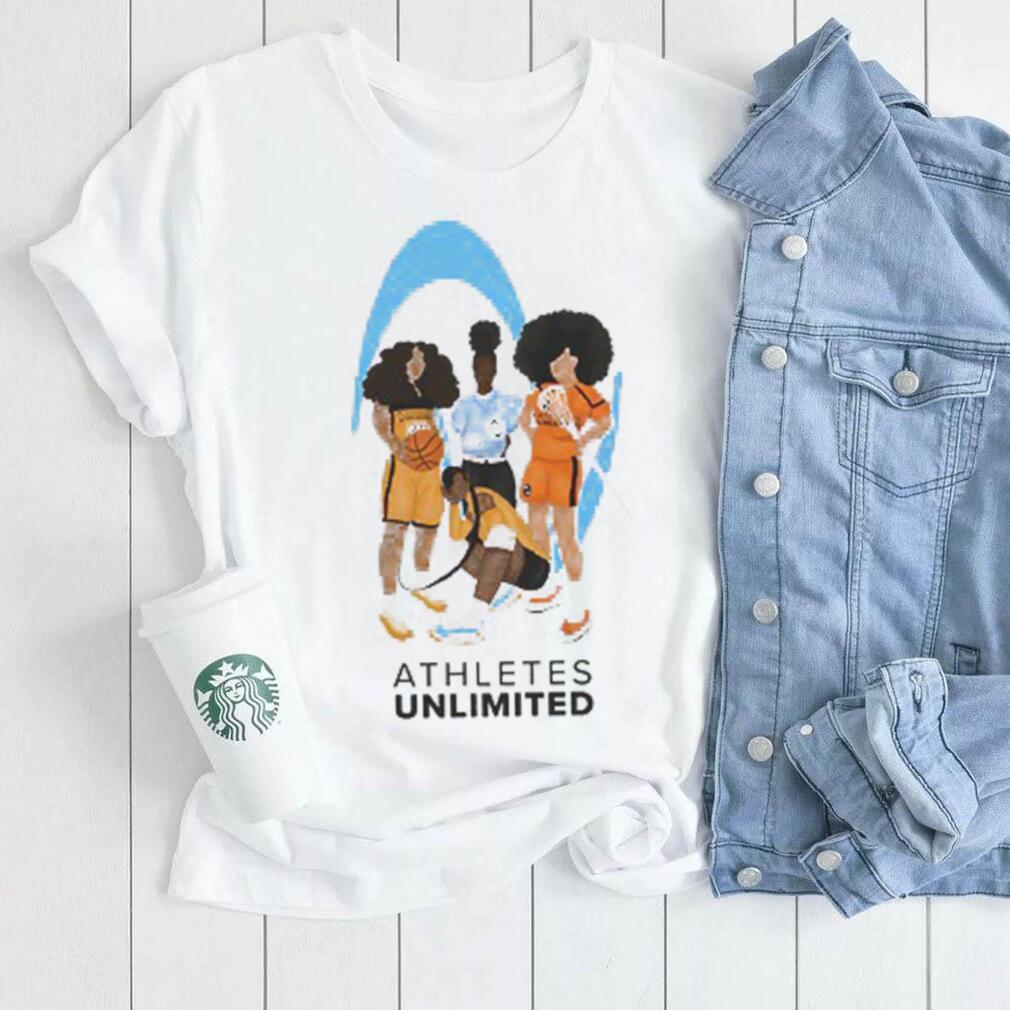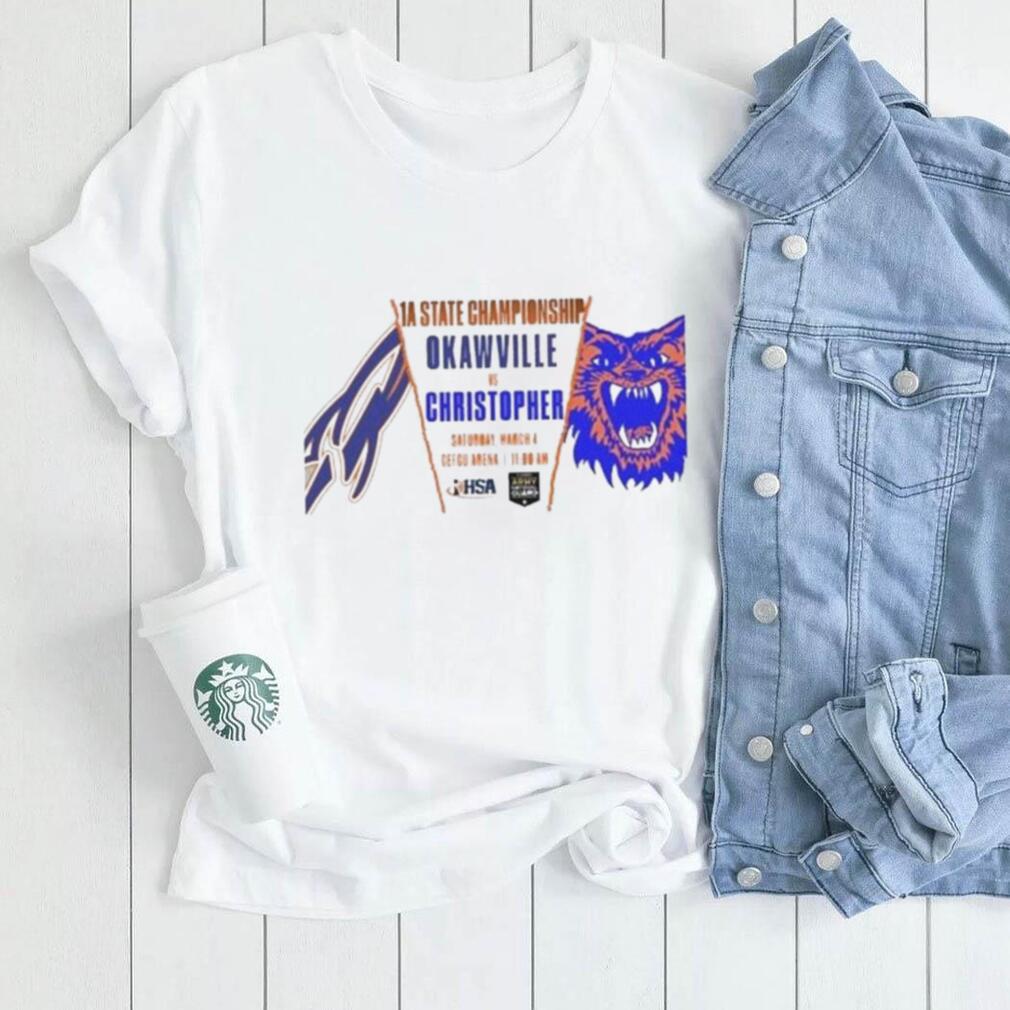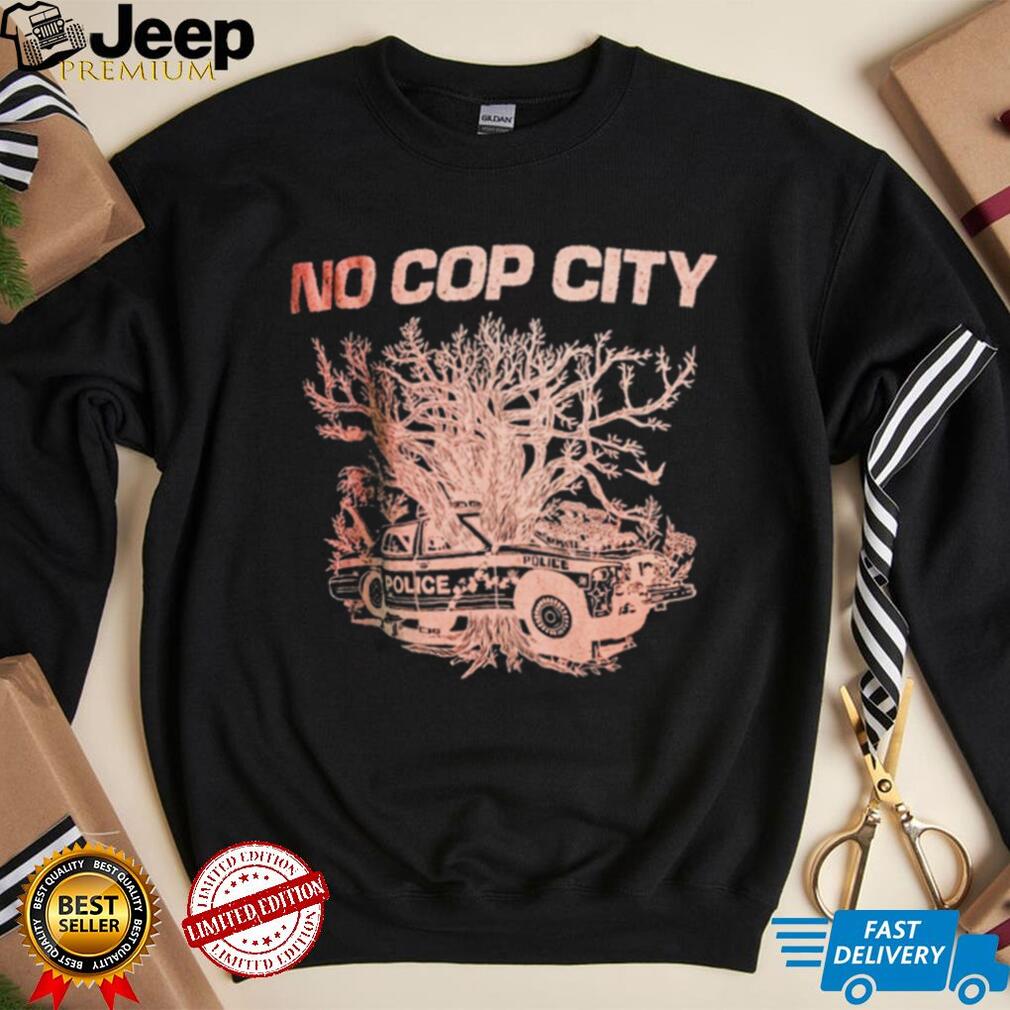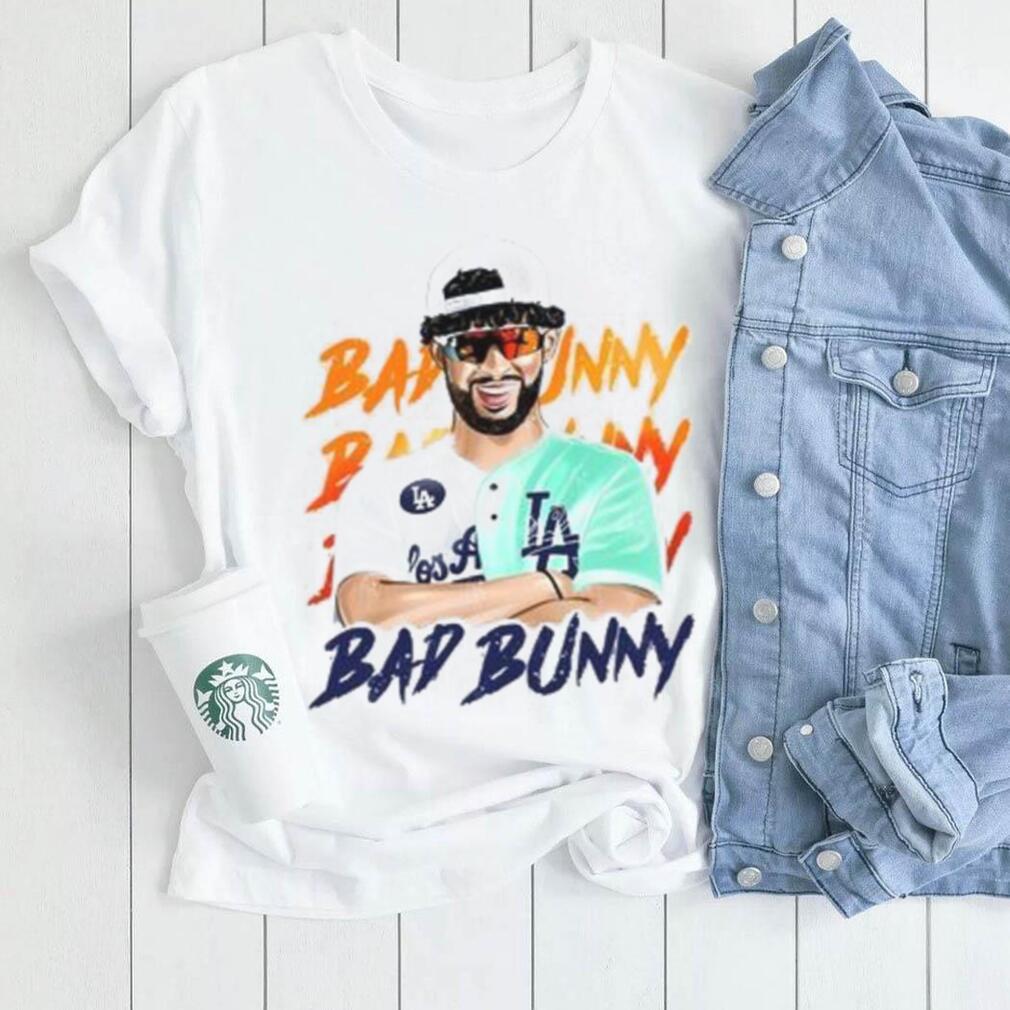“The Cat’s In The Cradle” Shirt: A Timeless Message of Family and Time
The “**The cat’s in the cradle shirt**” is a deeply evocative and poignant piece of apparel, directly referencing the iconic song by Harry Chapin. This **shirt** carries the powerful, bittersweet message of the passage of time, the changing dynamics of parent-child relationships, and the bittersweet echoes of life’s patterns. It’s designed for individuals who appreciate lyrical depth, resonate with themes of family, nostalgia, and the importance of presence. This shirt isn’t just about wearing a band reference; it’s a wearable narrative, a reminder to cherish moments, and a subtle invitation to reflect on one’s own life and relationships, making it a truly meaningful item for those who connect with its message.
—
“The Cat’s In The Cradle”: A Song’s Enduring Legacy
“**The Cat’s in the Cradle**” is a prominent entity, a folk rock song by Harry Chapin released in 1974, which became a posthumous #1 hit for him in 1974. It’s renowned for its narrative lyrics, telling the story of a father who is too busy to spend time with his son, only for the son to grow up and follow in his father’s footsteps. This song’s unique attribute is its ability to evoke strong emotional responses through its universal theme of missed opportunities and the cyclical nature of life. The song is a closed entity, a complete story in itself, and has garnered immense social proof over decades, frequently cited in discussions about parenting, time management, and family values. What real-life experiences or observations inspired Harry Chapin to write such a profoundly impactful song about the passage of time and father-son relationships?
—
A Poignant Reflection on Time and Relationships
The phrase “**The cat’s in the cradle**” (often followed by “and the silver spoon”) is a powerful semantic keyword that immediately brings to mind the song’s central metaphor: a child’s toy left in the cradle as time passes, symbolizing a parent’s absence and a child’s eventual independence. This concept serves as a viral trigger, prompting deep personal reflection on one’s own relationships with parents and children. It’s an emotional risk to wear such a message, as it openly invites contemplation on regret and the fleeting nature of moments. Here’s the part they didn’t tell you: The song’s genius lies not in blaming either parent or child, but in illustrating how life’s patterns can inadvertently replicate across generations, highlighting the unconscious choices we make about our time and priorities.
—
The Shirt: A Wearable Reminder
This **shirt** serves as an illustrative example of how popular culture, particularly music, can transcend its original medium and become a powerful statement on apparel. It’s a way for wearers to visibly connect with the song’s message, showing that they understand its profound meaning and perhaps even use it as a personal reminder to prioritize what truly matters. The simplicity of the design, focusing on the iconic lyric, allows the message itself to take center stage, making it a compelling conversation starter about life, love, and time. If you like to zoom in this way on shirts that feature profound lyrical or philosophical statements, you might also find appeal in other apparel that conveys deep messages about life’s journey, such as the The World Is A Beautiful Place And I Am No Longer Afraid To Die Shirt, which similarly leverages a powerful phrase to evoke contemplation.
—
More Than a Shirt: A Call to Presence and Connection
The “**The cat’s in the cradle shirt**” is more than just a piece of apparel; it’s a tender call to presence, a poignant reminder of the value of connection, and a celebration of the enduring power of a timeless song. This **shirt** is perfect for anyone who resonates with its message about family, the passage of time, and the importance of cherishing every moment. It’s comfortable, meaningful, and a wonderfully distinctive way to wear your heart and a profound life lesson on your sleeve. How can the powerful, narrative-driven lyrics of songs like “The Cat’s in the Cradle” impact individual perspectives on personal relationships and work-life balance in a lasting way?













